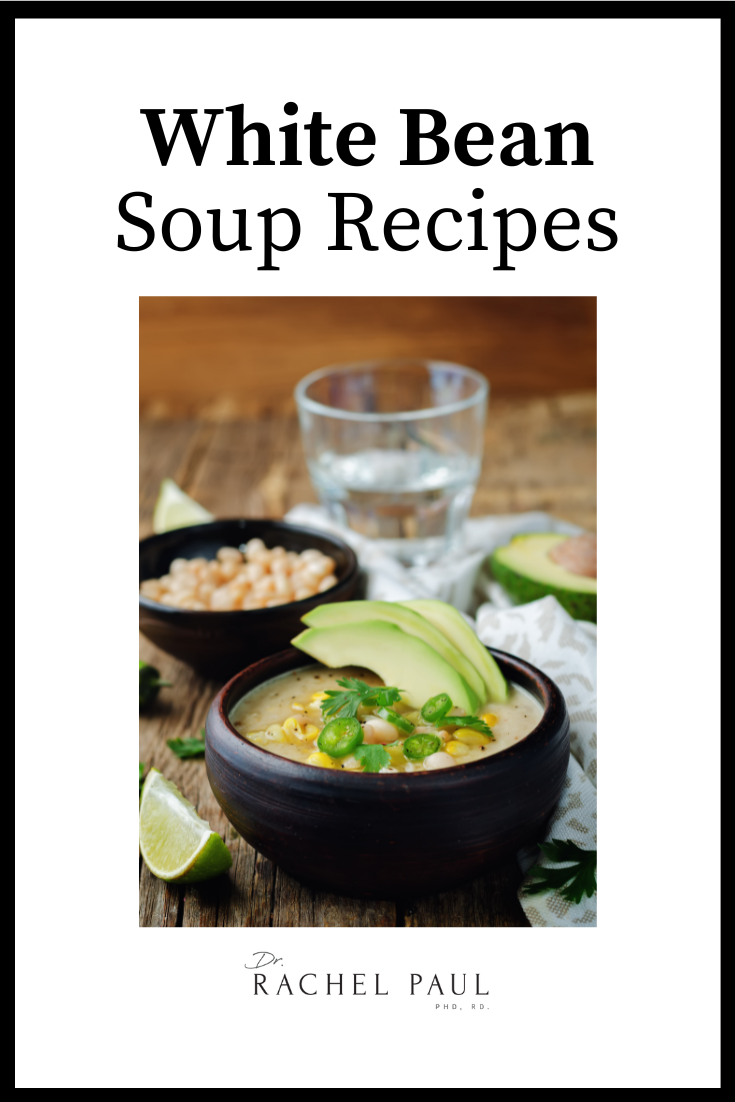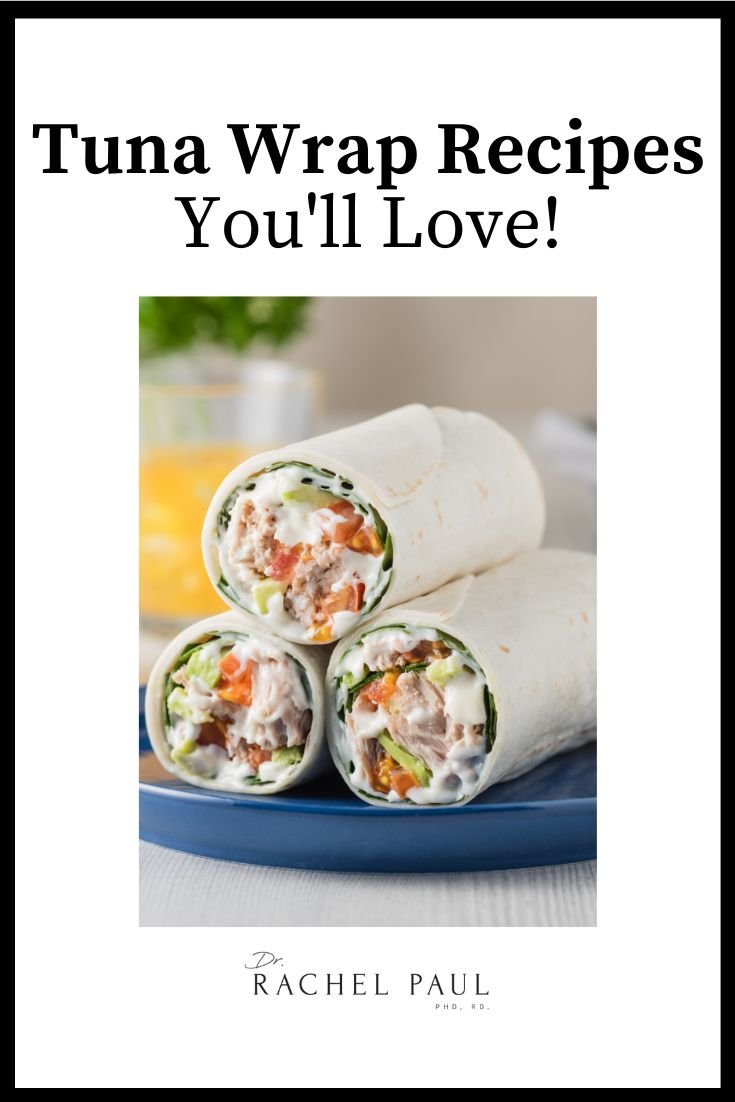Rice is a tasty and inexpensive ingredient used in a variety of cuisines and dishes. You can have it for breakfast, lunch, or dinner. Add it to a breakfast bowl along with sausage and eggs or roll it up in sushi or alongside a serving of chicken and broccoli. The sky’s the limit!
While white rice is delicious and filling, it is also high in starch which can quickly spike your blood sugar levels. Traditionally it has lower protein and fiber compared to other whole grains, with 1 cup of white rice containing 200 calories and making up about 3% fat, 87% carbs, and 10% protein. Even the lowest carb variety is not low enough to comply with the low carb diet.
Many people opt to substitute regular rice for other carb alternatives such potatoes or sweet potatoes. However, there are plenty of low-carb rice alternatives you can try if you are trying to consume fewer carbs, reduce your caloric intake, have a rice allergy, or you’re interested in alternatives to rice for some other reason. Below you will find several low-carb rice alternatives – all of which are equally satisfying and easy to meal plan and make at home!
12 Low Carb Rice Alternatives
Riced Cauliflower
Now cauliflower is a food you may not have imagined you can eat riced, but cauliflower rice is actually a pretty good substitute for the real thing. 1 cup of cauliflower (or 107 grams) accounts for only about 47 calories. What’s even better is that the macronutrients break down to 48% fat, 36% carbs, 16% protein. That’s over 50% less than the amount of carbs in white rice! Heat and eat riced cauliflower similar to how you’d cook the vegetable. This can be cooked in a rice cooker, lightly stemmed, or heated on the stovetop.
Riced cauliflower does not taste like rice. It tastes like whatever seasonings you decide to use. Eat it as a side dish or mix it into your next stir fry meal using a cauliflower fried rice or Garlic Parmesan Cauliflower Rice recipe. You can also apply these same steps to create rice broccoli!
Shirataki Noodles
Shirataki noodles are pretty much nutrient-free. They have almost no calories, carbohydrates, fat, sugar, or protein. They are gluten-free and vegan, and are made up of 97% water. The remaining 3% is fiber (3 grams of fiber). The presence of glucomannan starch is the reason why shirataki doesn’t have calories. Glucomannan is an indigestible dietary fiber. To prepare shirataki noodles, simply drain, rinse, and heat for a few minutes. Add them to a hot broth or miso soup and season to taste.
Riced Cabbage
Cabbage rice has a higher carb count than other alternatives on this list. However, compared to white rice, there are only 21 calories in 1 cup of chopped Cabbage! The calorie breakdown is about 4% fat, 78% carbs, 18% protein. You’ll also get other nutrients such as potassium, folate, and vitamin K when you opt for this alternative. Cabbage is known for helping your body naturally fight against disease.
The easiest and fastest way to cut the cabbage into rice is in a food processor. You can also use a cheese grater to grate the cabbage if you don’t have one. Simply heat oil in a skillet and add the cabbage along with your preferred toppings. Cauliflower rice is bitter when raw. When cooked, it tastes sweeter. This would make a great addition to fajitas or Indian curry.
Quinoa
The ancient superfood, quinoa. It contains 15% fat, 70% carbs, and 15% protein. It’s also rich in other nutrients like fiber, magnesium, iron, and vitamin B-6. It’s also gluten-free! When cooking, keep in mind that it almost triples in size when cooked. You’ll want to use a 2:1 ratio of water to quinoa. Throw it in a rice cooker and you’re good to go. When ready, the texture should be fluffy.
It tastes very similar to brown rice! You might like a keto quinoa salad with chickpeas, red bell pepper, cucumber, parsley and lemon. It’s vegan and gluten-free, too! Or simply mix it with a cup of edamame. Yum!
Couscous
Couscous is a type of pasta that makes up about 2% fat, 28% carbs, and 12% protein. Very low carb rice alternative! It’s about 176 calories and provides a great source of vitamins and minerals, including selenium. Selenium is a powerful antioxidant that helps decrease inflammation and repair damaged cells. It’s also good for thyroid health! Heat it in a pot and eat it like you would any rice. It’s best as a side dish, in stew, or paired alongside a saucy main dish.
Farro
Farro is a grain of three wheat species. Eat it plain or in soup, salad, or as a side dish. Farro contains 7% fat, 81%% carbs, and 12% protein. It’s an excellent source of fiber and nutrients like magnesium, zinc and some B vitamins. Farro has a similar texture to barley. When cooked, farro has a chewy texture and nutty flavor. It’s an easy substitute in any of your favorite recipes that ask for rice. Heat it in a pressure cooker and season it to taste. This is great in stuffed peppers, in risottos, or as fried “farro” rice with edamame.
Orzo
Orzo is a small rice-shaped pasta. It has a higher carb count than the other lower carb rice substitutes listed. There are 308 calories in 1 cup of Orzo Pasta. It breaks down to 7% fat, 77% carbs, and 16% protein. Orzo is a good source of thiamin and niacin, also providing some B6, folate, iron and zinc. Orzo gives you what is known as “energy calories”.Boil it like regular pasta or cook it in a skillet with butter. It’s keto-friendly and a great alternative to the usual rice or quinoa as a side dish.
Shirataki (Konjac) Rice
There are 10 calories in 1 serving of konjac rice. That’s right! It breaks down to 92% water, 0% fat, 8% carbs (fiber), 0% protein.Rinse and heat on the skillet. Do not add water or oil until it’s dry. But make sure it doesn’t burn! Once the water has evaporated, add oil and season it to taste. Konjac rice comes from the konjac root. It does not have its own taste. It’ll taste exactly like whatever you used to prepare it. Add konjac rice to your favorite keto recipe for stir fry or African-style keto jollof rice.
Broccoli Rice
Did you know? Broccoli is another vegetable you can eat riced. It contains 0% fat, 67% carbs, and 33% protein. Broccoli rice is rich in fiber and makes a cool side dish when you’re looking for something gluten-free. Broccoli is jam-packed with nutrients like vitamin C, E, K, folate, calcium, potassium, omega 3 and 6 fatty acids, protein, and dietary fiber. To make broccoli rice, simply chop broccoli florets with a knife or throw it into a food processor or blender. Saute’ it, steam it, or throw it in your favorite casserole.
Brown Rice
When all else fails, grab the brown rice! Brown rice is 7% fat, 85% carbs, and 8% protein, but it’s rich in fiber! Of all the different types of rice, brown rice is probably the most popular. And for good reason. It’s a much better rice alternative than white rice for your blood sugar. Brown rice is full of vitamins, minerals and phytochemicals including the B vitamins, essential amino acids, flavonoids, and antioxidants. Wash then cook brown rice in a rice cooker with a 6 to 1 water to rice ratio. Add this in your stuffed bell pepper or mix it in with an edamame bowl.
Miracle Rice
Miracle rice is a type of shirataki rice that is 97% water, 0% fat, 3% carbs (fiber), and 0% protein. Apart from being essentially calorie-free, the rice is also gluten-free and fiber-rich, containing 3 grams of fiber.The rice is prepared from a flour that is obtained from the konnyaku – a root (like a potato). Rinse, heat in a skillet, season to taste, and eat. Serve it wherever rice is called as a side dish. Add a little spice and mix it in with crunchy vegetables for a diverse texture.







